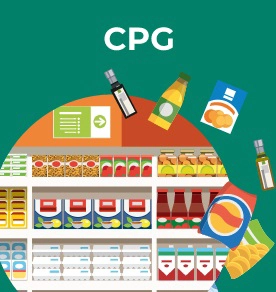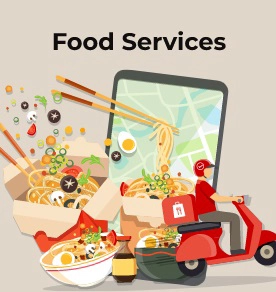 As India’s dining scene continues to evolve, one thing remains constant: Rohit Khattar’s unwavering commitment to excellence, innovation, and adaptability.
As India’s dining scene continues to evolve, one thing remains constant: Rohit Khattar’s unwavering commitment to excellence, innovation, and adaptability. West Bengal has received investment proposals worth INR 2000 crore in the food processing sector.
West Bengal has received investment proposals worth INR 2000 crore in the food processing sector. This growth in the F&B sector will not only cater to the increasing number of visitors but also enhance the overall appeal of Jaipur as a vibrant and dynamic tourist destination.
This growth in the F&B sector will not only cater to the increasing number of visitors but also enhance the overall appeal of Jaipur as a vibrant and dynamic tourist destination. Restaurants in India should actively participate in government subsidy schemes as these can significantly reduce operating costs by lowering expenses on essential items like ingredients and utilities.
Restaurants in India should actively participate in government subsidy schemes as these can significantly reduce operating costs by lowering expenses on essential items like ingredients and utilities. According to reports, 1,400 new restaurants have opened in the city over the past six years, cutting across various price points and formats.
According to reports, 1,400 new restaurants have opened in the city over the past six years, cutting across various price points and formats. The emergence of home chefs as formidable competitors to traditional restaurants marks a pivotal evolution in the dining industry, showcasing a strategic shift towards low-budget investment with potentially high returns.
The emergence of home chefs as formidable competitors to traditional restaurants marks a pivotal evolution in the dining industry, showcasing a strategic shift towards low-budget investment with potentially high returns. A recent Nielsen study revealed that 73% of Gen Z respondents consider sustainability when making purchasing decisions, and 69% are willing to pay more for ethically sourced products.
A recent Nielsen study revealed that 73% of Gen Z respondents consider sustainability when making purchasing decisions, and 69% are willing to pay more for ethically sourced products. An impactful innovation in this realm involves the integration of indoor gardens and vertical farming systems into restaurant interiors.
An impactful innovation in this realm involves the integration of indoor gardens and vertical farming systems into restaurant interiors. The utilization of data analytics is playing a pivotal role in personalizing the customer experience.
The utilization of data analytics is playing a pivotal role in personalizing the customer experience. According to a report by Skift, job postings in the restaurant sector have seen a remarkable 66 percent increase from June 2022 to June 2023.
According to a report by Skift, job postings in the restaurant sector have seen a remarkable 66 percent increase from June 2022 to June 2023. Craft tonic waters, with unique flavors such as elderflower, cucumber, and citrus, have played a crucial role in reshaping the tonic water landscape.
Craft tonic waters, with unique flavors such as elderflower, cucumber, and citrus, have played a crucial role in reshaping the tonic water landscape. Local, seasonal menus always attract customers' as it is believed that local, seasonal ingredients have a lower carbon footprint, as they require less fuel and energy to transport and store.
Local, seasonal menus always attract customers' as it is believed that local, seasonal ingredients have a lower carbon footprint, as they require less fuel and energy to transport and store.




